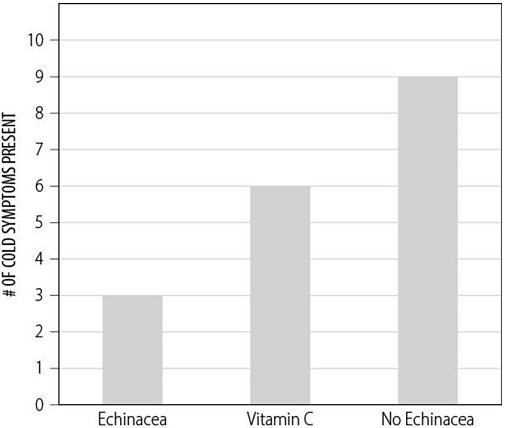Which of the following statements about the newly synthesized strand of a human chromosome is true?
(a) It was synthesized from a single origin solely by continuous DNA synthesis.
(b) It was synthesized from a single origin by a mixture of continuous and discontinuous DNA synthesis.
(c) It was synthesized from multiple origins solely by discontinuous DNA synthesis.
(d) It was synthesized from multiple origins by a mixture of continuous and discontinuous DNA synthesis.
(d) Each newly synthesized strand in a daughter duplex was synthesized by a mixture of continuous and discontinuous DNA synthesis from multiple origins. Consider a single replication origin. The fork moving in one direction synthesizes a daughter strand continuously as part of leading-strand synthesis; the fork moving in the opposite direction synthesizes a portion of the same daughter strand discontinuously as part of lagging-strand synthesis.
You might also like to view...
Use the following information to answer the following question(s): You wake up one morning feeling slightly under the weather. A close family member enthusiastically suggests that you take some Echinacea, an herb commonly used as a cold remedy. You then decide to design an experiment to test Echinacea and see if this claim is true. You think, "If taken at the beginning of a cold, Echinacea will reduce cold symptoms."You conduct the experiment and gather the data presented in the figure below. Given the results, you can say that ________.
A. your hypothesis is not supported B. your theory is disproven C. your theory is proven D. your hypothesis is supported
Each phase of succession is called a
A. series. B. stage. C. inhibitor. D. sere. E. facilitator.
A plant tissue has cells that are photosynthetic,
have thin cell walls, and are living, dividing cells. This tissue is
a. parenchyma. b. collenchyma. c. sclerenchyma. d. phloem. e. more than one of these
Any change in the normal nucleotide sequence that codes for an amino acid is called a ___________________________________.
mutation replication translation transcription protein synthesis